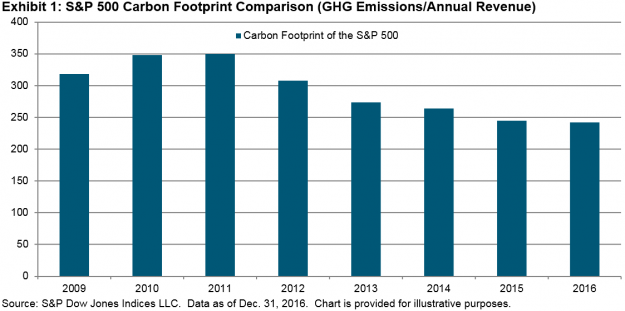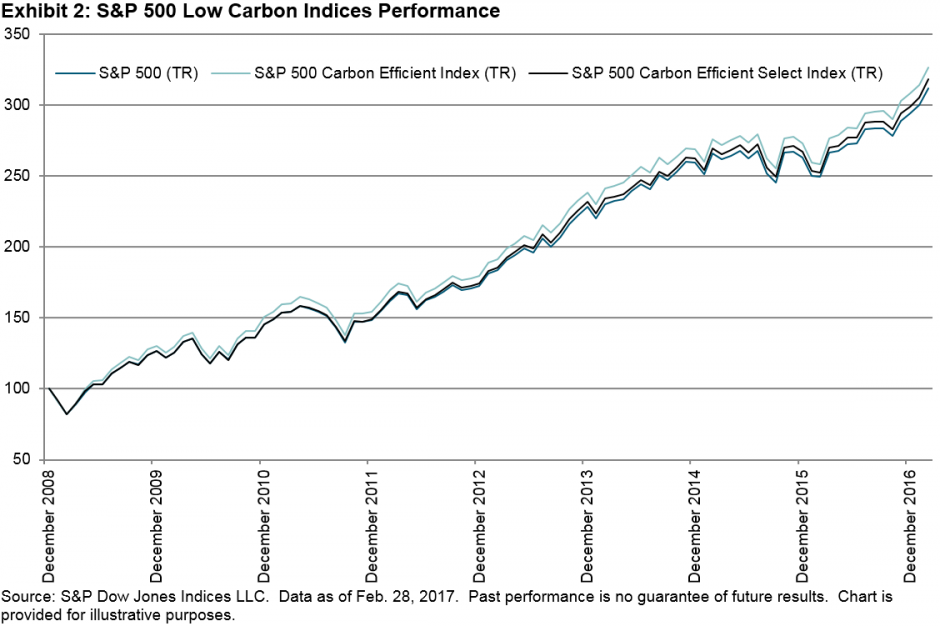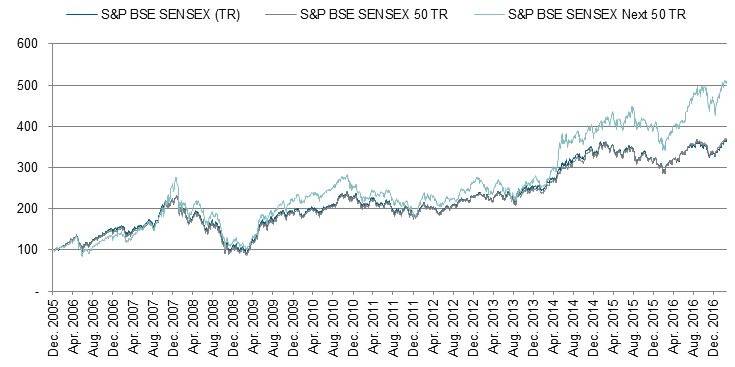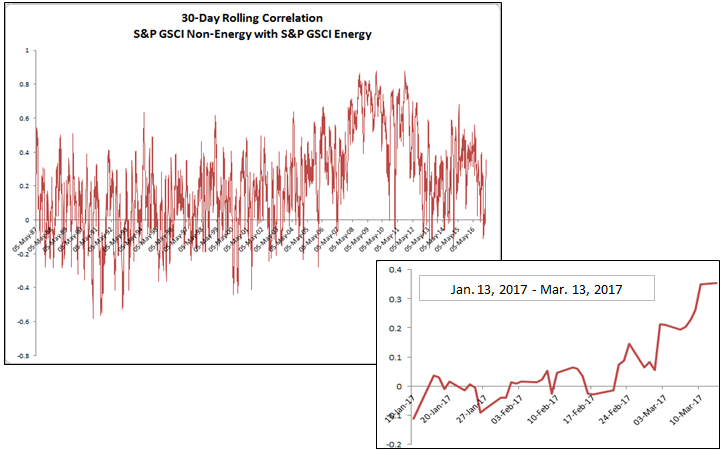Assets are shifting from active to passive: “investors pulled $23 billion out of actively managed U.S. equity funds, extending the group’s streak of outflows to 33 consecutive months. During 2016, passive fund strategies in the United States took in a record $504.8 billion.”[1] In response to this, an elegant point has been made “that the average investment manager does not outpace the market over meaningful time horizons. However, a fairly simple fact has gotten lost in the debate. Simply put, not all investment managers are average”[2] and that the way to find these managers is by screening for low-cost active funds and managers who are participating in the funds they run. Thus an active approach can add value by beating its benchmark when costs are reasonable and the manager’s incentives are aligned with fund those of the fund’s participants.
You Forgot About My Taxes!
Understanding that past performance does not guarantee future results, it is possible that one day active management may prove its value beyond a select population of low-cost and self-invested fund managers. However, “passive management, as many studies have demonstrated, almost always wins out in the long term—both because it’s inherently more tax effective and because it’s less costly,”[3] and while not every active manager is average and many do offer low cost solutions, the impact of taxes is another factor that must be considered in the analysis. It’s important to note “on an after-tax basis, managers of stock funds for large- and mid-sized companies produced lower returns than their index-style competitors 97% of the time, while managers of small-cap stocks trailed 77% of the time.”[4] Furthermore, “taxes knocked an average of 0.96 percentage point a year off the returns of about 2,000 actively managed U.S. stock mutual funds over the 15 years ended in September 2014, if they were held in taxable accounts rather than tax-sheltered retirement plans, according to research by Vanguard Group. By contrast, taxes reduced the returns of 130 broad-based U.S. stock index funds by an average of 0.69 percentage point a year over the same period—about one third less.”[5]
You Can’t Keep Going!
Financial advisor Steven Lockshin reviewed S&P DJI’s December 2016 Persistence Scorecard as it pertains to active management and noted that:
- Relatively few funds can stay at the top. Out of 631 domestic equity funds that were in the top quartile as of September 2014, only 2.85% managed to stay in the top quartile at the end of September 2016. Furthermore, 2.46% of the large-cap funds, 2.20% of the mid-cap funds, and 3.36% of the small-cap funds remained in the top quartile;
- The figures are equally unfavorable when viewed over longer-term investment horizons. Over the five-year period, 91.91% of large-cap managers, 87.87% of mid-cap managers, and 97.58% of small-cap managers lagged their respective benchmarks;
- Similarly, over the 10-year investment horizon, 85.36% of large-cap managers, 91.27% of mid-cap managers, and 90.75% of small-cap managers failed to outperform on a relative basis.[6]
This is important because when one participates in an active mutual fund, the statistical odds of continued outperformance against the benchmark are not high. When taxes are factored into the analysis, the picture arguably becomes more compelling for the use of passive strategies.
Taxes Are Not Just an Issue for Active Mutual Funds
Beyond the tax issue for active mutual funds, “taxpayers should beware that as IRAs increase in size, so does the potential for taxes on these accounts if they have investments in alternative assets such as hedge funds, private-equity funds, limited partnership, operating businesses and real-estate.”[7] So if hedge funds or private equity funds seem appealing, just remember their tax costs could be significant, even in an IRA.
The Bottom Line
The bottom line when considering active versus passive investing is if the performance of an active strategy does not get you, the taxes might.
[1] https://corporate.morningstar.com/US/documents/AssetFlows/AssetFlowsJan2017.pdf
[2] https://www.americanfunds.com/individual/insights/active-management/adding-our-voice-indexing.html
[3] Steven Lockshin, http://www.iris.xyz/network/active-investments-lot-hope-dangerous
[4]“ Active vs. Passive Investing: Which Approach Offers Better Returns?” http://executiveeducation.wharton.upenn.edu/thought-leadership/wharton-wealth-management-initiative/wmi-thought-leadership/active-vs-passive-investing-which-approach-offers-better-returns
[5] Laura Saunders, https://www.wsj.com/articles/how-passive-funds-trim-your-tax-bill-1476968401
[6] Steven Lockshin, http://www.iris.xyz/network/active-investments-lot-hope-dangerous
[7] Laura Saunders, https://www.wsj.com/articles/are-taxes-lurking-in-your-tax-free-retirement-account-1489141814
The posts on this blog are opinions, not advice. Please read our Disclaimers.











